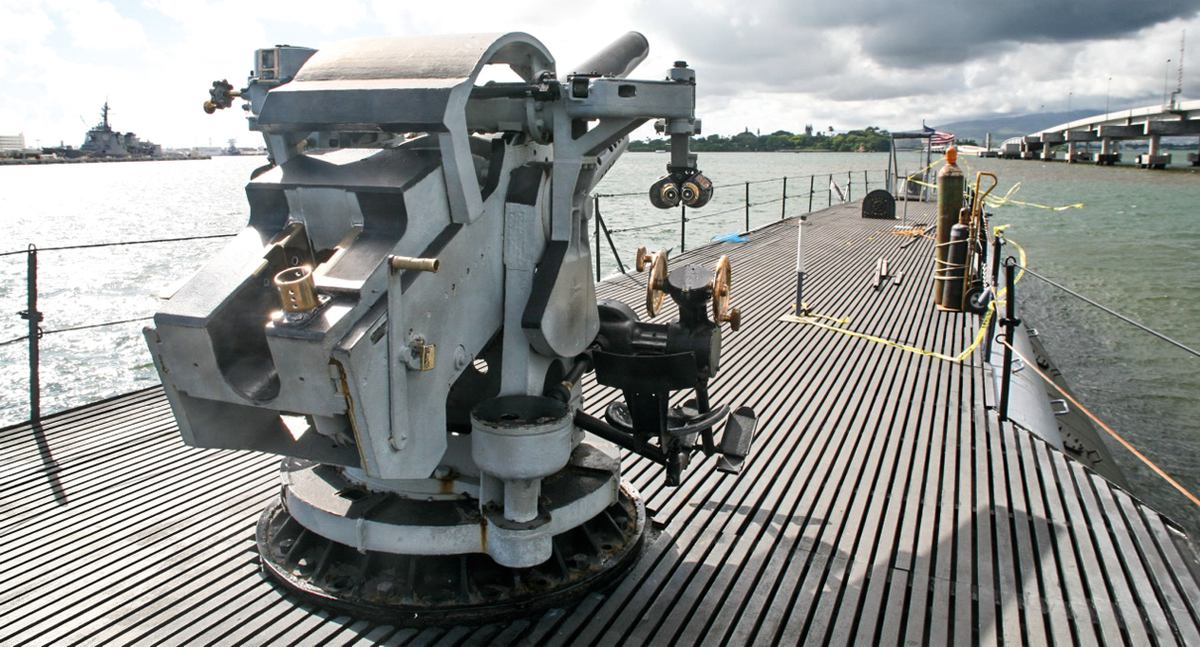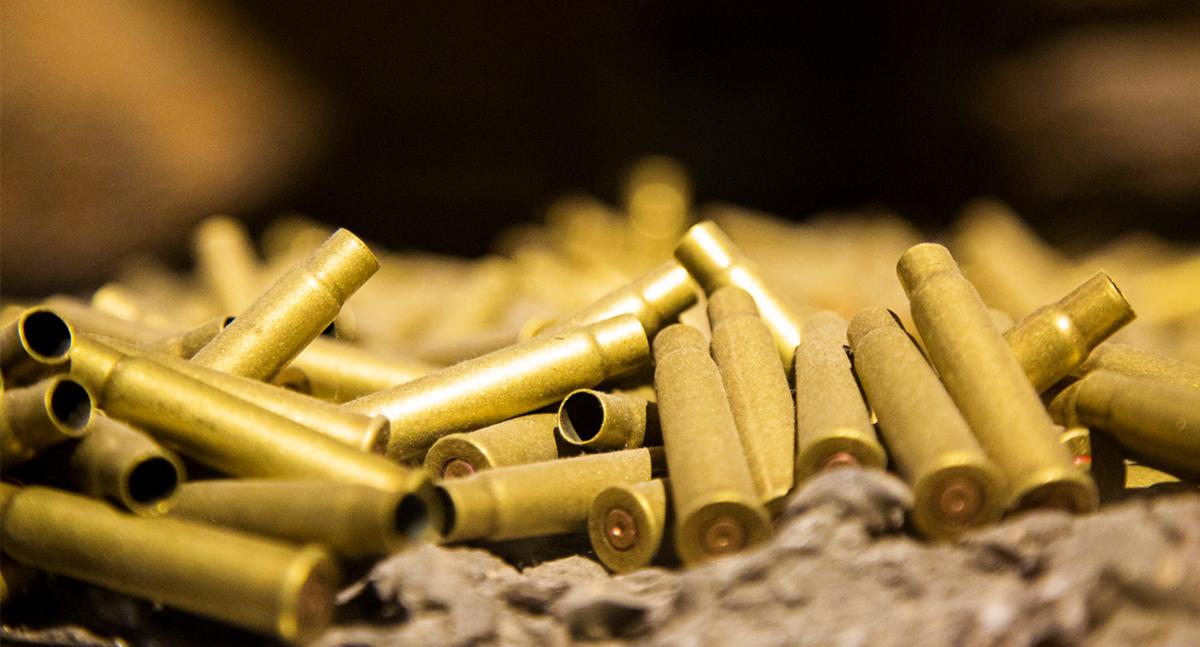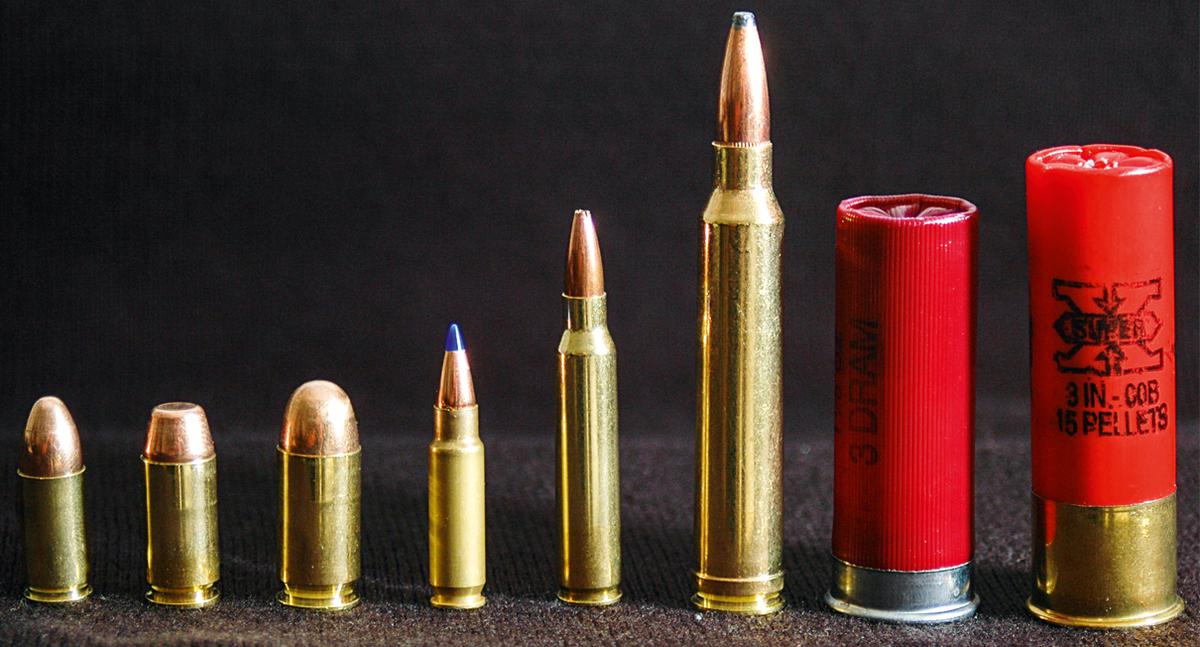This month on Bullet Points, we’ve decided to take a slightly different approach, and introduce a (hopefully) regular segment called Gun 101. Here, we’ll be discussing some concepts, terms, and things every shooter should know. Whether you’re new to the wonderful world of shooting, or the kind of person who finds spent shells in your pockets, we could all stand to keep learning.
In the first installment of Gun 101, we’re going to talk about something even a one-time
range-goer will have heard: caliber.
“Caliber” is used to describe the approximate internal diameter of a firearm’s barrel, or the diameter of the bullet that the firearm is designed to expel out the business end of that barrel. It is also loosely used to describe particular cartridges, though that’s technically incorrect usage, unless you’re broadly talking about all the cartridges of a particular caliber (you’ll get the problem here later). The measurement is usually given in hundredths of an inch, such as in “.45 ACP,” where the round is 45 caliber. Do take note of the period when writing a cartridge name. When speaking the caliber of a cartridge or weapon, the period is omitted, so you talk of 50 caliber rifles and 45 caliber pistols.
To further complicate the issue, since a barrel down which a particular caliber projectile travels has lands and grooves, there are different ways manufacturers measure caliber. Broadly, cartridges from Europe measure caliber across the lands, and US manufacturers measure across the grooves. You may also encounter “caliber” as being used to describe guns on a warship, in which case, it’s a different animal altogether, so we’re going to leave that out for now.
Back in the day when muzzle-loading “primitive” firearms were used, weapons whose bores (the diameter of the barrel) were huge by today’s standards were all the rage. They tended to fire shot, or large lead bullets of at least 50 caliber. Some of them bordered on bore diameters that approach what we would now stop calling guns, and start calling canons, thereby switching from the “caliber” naming convention to measuring in millimeters. These were hardly the most efficient shape in cutting through the air, as the large frontal area of a round projectile adversely affected its ability to efficiently travel through the air—a factor called ballistic coefficient. Manufacturers eventually found that an ogive projectile cut through the air well, giving us what we now know as the modern bullet, though the measurement in caliber was retained.
As you may already be thinking, caliber isn’t the only measure of bullet diameter. Rounds such as the 9mm Parabellum, also known as the 9×19, or 9mm Luger, have projectiles measured in millimeter. Here’s where it gets confusing.
Different cartridges actually fire bullets of the same caliber as other cartridges. Sometimes.

For example, the powerful 10mm Auto cartridge fires a 40 caliber bullet—the same diameter as the .40 S&W. The .22LR and 5.56×54 NATO round also both fire a projectile that’s .223 inch in diameter, just like the .223 Remington. To complicate things further, two cartridges that on the outset have the same name, such as the .357 Magnum, and .357 Sig, actually have different sized projectiles: a .357-inch for the Magnum and a 355-inch one for the Sig, and. You can, however, fire a 38 caliber, .38 Special cartridge from a firearm that is made for a .357 Magnum, since the .38 Special cartridge fires a round that is .357 in in diameter. Then there’s 9×18 Makarov, and .380 ACP, both of which fire the same bullet as the 9×19 we mentioned earlier, which , by the way, is—wait for it—.355 inch.


Does your head hurt yet?
Hundreds of years of firearms development have created a practically innumerable spread of cartridges available, each with its own diameter bullet. While it’s handy to know what caliber a firearm is, there’s a lot more to it than that. Bullet lengths, case lengths, shapes, internal volumes—these are all important to know in order to understand a weapon and a cartridge. To really get specific, it’s far better to mention the particular cartridge a weapon uses, although colloquial usage of the term “caliber” does that anyway. Still, it’s always important to know what you’re talking about in the first place.

Also published in GADGETS MAGAZINE June 2016 Issue.
Words by Ren Alcantara
Photos from publicdomainpictures.com, wikimedia.com, and pexels.com
